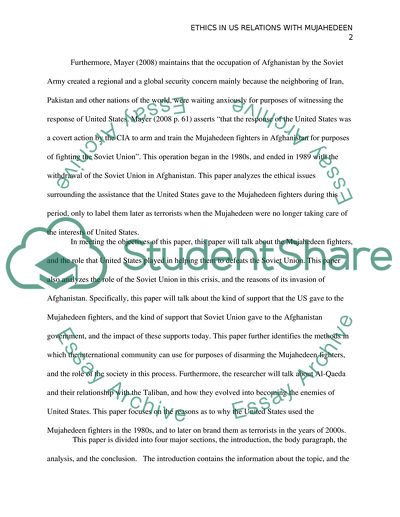Cite this document
(“The Cold War between the US and the Soviet Union, Al-Mujahedeen, and Research Paper”, n.d.)
Retrieved from https://studentshare.org/social-science/1648186-the-cold-war-between-the-us-and-the-soviet-union-al-mujahedeen-and-afghanistan-war-in-the-period-of-cold-war
Retrieved from https://studentshare.org/social-science/1648186-the-cold-war-between-the-us-and-the-soviet-union-al-mujahedeen-and-afghanistan-war-in-the-period-of-cold-war
(The Cold War Between the US and the Soviet Union, Al-Mujahedeen, and Research Paper)
https://studentshare.org/social-science/1648186-the-cold-war-between-the-us-and-the-soviet-union-al-mujahedeen-and-afghanistan-war-in-the-period-of-cold-war.
https://studentshare.org/social-science/1648186-the-cold-war-between-the-us-and-the-soviet-union-al-mujahedeen-and-afghanistan-war-in-the-period-of-cold-war.
“The Cold War Between the US and the Soviet Union, Al-Mujahedeen, and Research Paper”, n.d. https://studentshare.org/social-science/1648186-the-cold-war-between-the-us-and-the-soviet-union-al-mujahedeen-and-afghanistan-war-in-the-period-of-cold-war.


